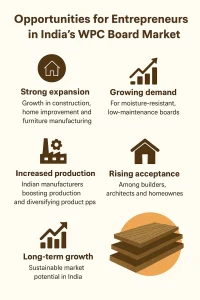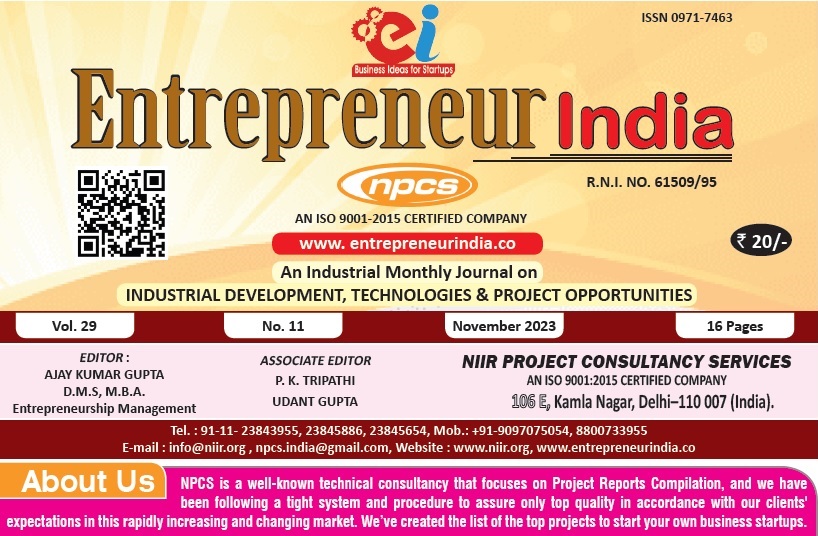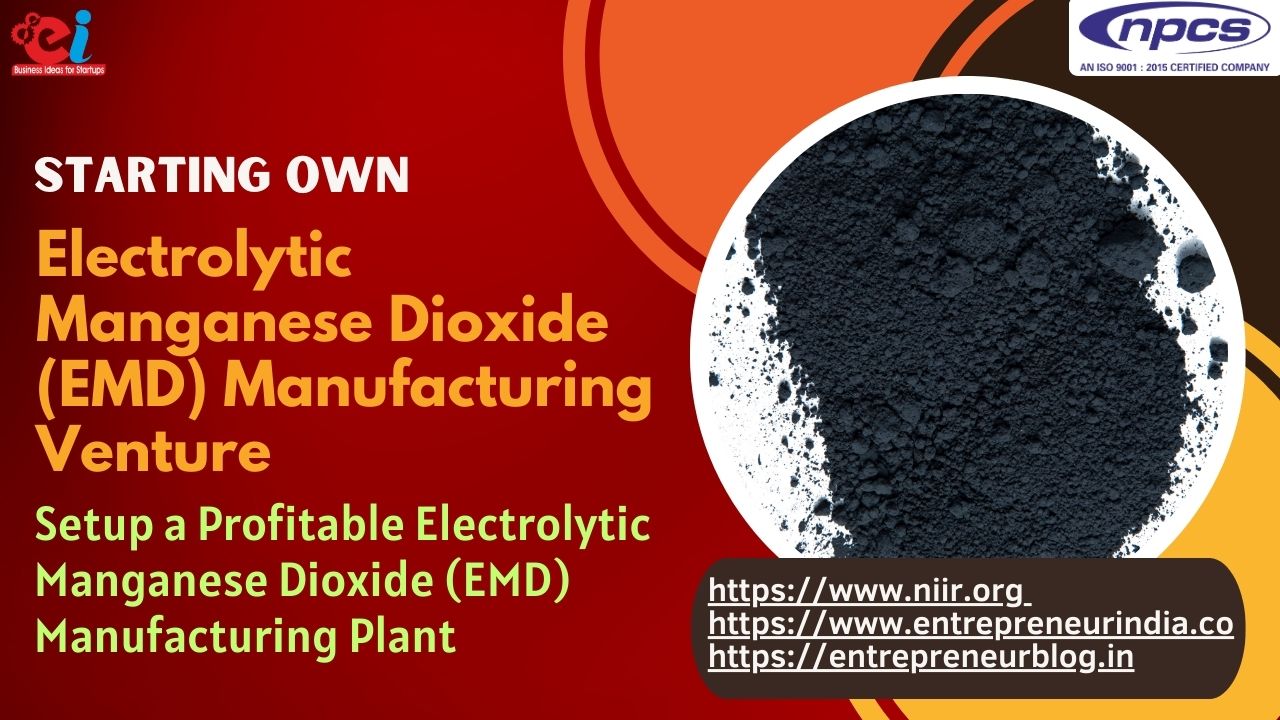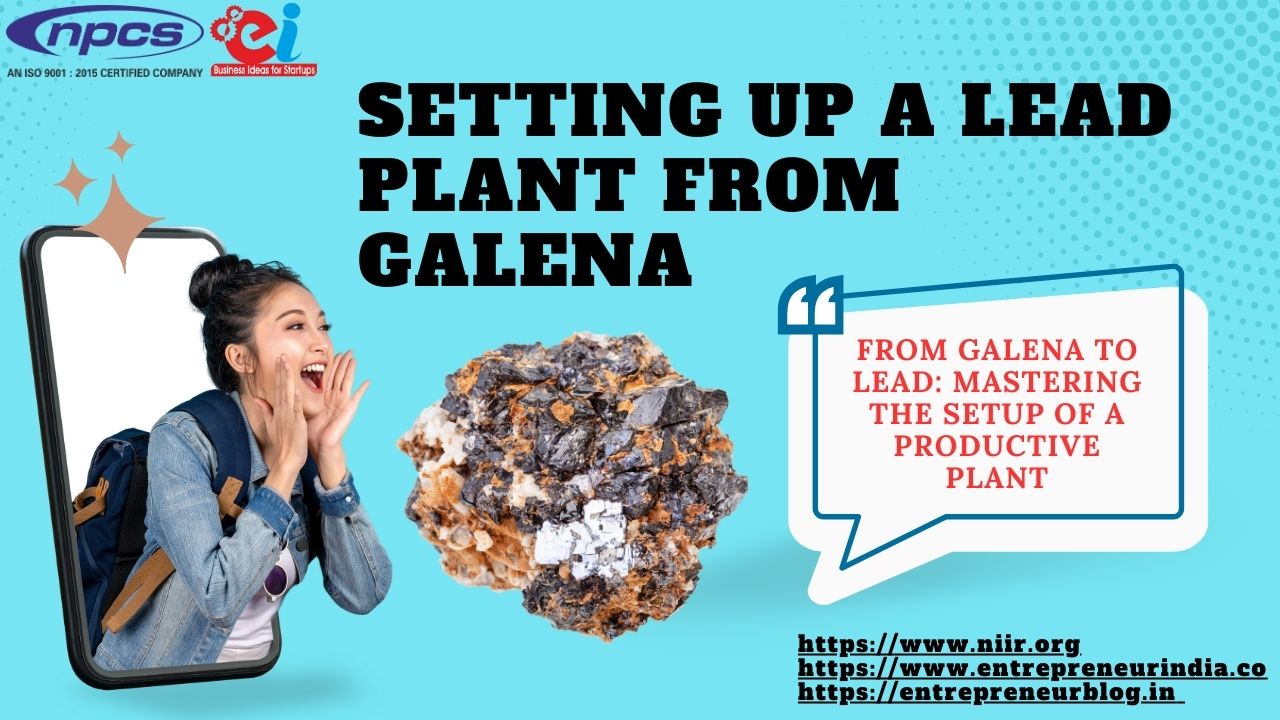The use of Wood Plastic Composite (WPC) boards is rapidly becoming popular as a durable, green substitute for traditional wood and plywood in building and construction, furniture manufacturing and interior design. These WPC boards are made by combining recycled wood fibers with thermoplastics, which produce highly durable boards that have remarkable resistance to moisture, termites, and the elements, and still have a modern, sleek wood look. Globally, the awareness and interest among consumers in green building materials (sustainable building) and ‘green building‘ is growing. A WPC board manufacturing business is a great opportunity for new entrepreneurs interested in a modern, sustainable business idea.
Market Drivers
Global Market Landscape
Indian market overview

Main Factors for Growth
There are a variety of factors that are working to solidify growth sustainability in WPC board manufacturing. At present, market interest is spurred largely by increased demand for durable and sustainability–focused building products in which WPC board has a positioning. Secondly, the increased demand for construction and for infrastructure projects leads to further take-up of WPC products. The other exciting aspect of WPC products is that they are low maintenance and termite-proof. In addition, rapid urbanization and changing lifestyle trends with newly formed businesses thinking of WPC as a modern structural solution completes the drivers into a complete commercial sector development.
Full Project write–up on
Fabrication Process Overview
To develop a durable and homogenous wood – plastic composite (WPC) board, manufacturers take natural fibers and the fibers are blended with thermoplastics. The overall process of producing WPC boards involve raw material procurement, where the fiber can be from wood flour fiber, bamboo fiber, or other agri-wastes such as sunflower hulls and sugarcane. The manufacturers would also select virgin and/or recycled thermo plastics, for example, PVC, PE, PP, etc. Finally, the mix may also contain additives such as stabilizers, lubricants, and/or pigments to enhance performance (including fire resistance) or aesthetics.
Once the raw material is ready, the manufacturers will blend the material, typically in a high-speed mixer or compounding machine with heat until a homogeneous compound is achieved. They will then place the mixture into an extruder. With heat and pressure, the extruder combines the materials and melts the matrix.
Once the materials are mixed and melted in the extruder, the extruder pushes the melted compound through a die to create boards, shapes, or other profiles. The operators will calibrate the shape of the board and cool the board to hold shape, compensate for shrinkage, and achieve a smooth surface finish.
Applications
WPC boards have many uses in residential and commercial applications. They can be used in wall cladding, modular furniture, cabinets, decking, fencing, pergolas, railing systems, door frames, partitions, and decorative panels. They are durable and, along with that they have sustainability and thus they contribute to the growth of popularity.
For more details, please refer to our books
Demand Outlook
The long-term outlook for growth in the global WPC board market and the Indian WPC board market appears to be positive. WPC products are becoming increasingly popular due to consumer awareness of sustainable materials and uptick in modern building practices. Likewise, sectors such as real estate, hospitality, retail, and institutional infrastructure are also increasing the use of WPC products mainly for performance, maintenance, and aesthetic reasons. Therefore, it is expected that demand for WPC boards will steadily increase across numerous sectors.
About NPCS – Niir Project Consultancy Services
Related articles:- Start the Wood Plastic Composite (WPC) Manufacturing Business. Best Investment Opportunities for entrepreneurs.
Future Opportunities for Entrepreneurs
Entrepreneurs interested in the WPC board segment will need to explore some niche areas such as custom panels for high-end interiors, recyclable or environment-friendly WPC composites, and decorative finishes with either embossed or laminated textures. Developing strategic alliances with architects, builders, and modular furniture brands could really build market awareness and recognition for the brand.
Conclusion
Being a concurrent cleaner environment choice approach, with a variety of uses, and also in higher demand, WPC board Manufacturing has great potential for entrepreneurs. Thus the new ventures can glory as a profitable and sustainable establishment in this ever-evolving industry through the adoption of proper manufacturing techniques, up-to-date information about the emerging trends in the market, and other aspects of innovation.
Find the best business ideas for yourself using our startup selector tools
Frequently Asked Questions
What is a WPC board?
A WPC (Wood Plastic Composite) board is a material made by mixing wood fibers or agricultural residues with thermoplastics to create durable, moisture-resistant, and termite-proof boards.
What are the main uses of WPC boards?
WPC boards are used for wall cladding, furniture, decking, fencing, partitions, and decorative panels in both residential and commercial environments.
Why choose WPC over traditional wood?
WPC boards are more durable, resist moisture, termites, and weathering, require less maintenance, and are eco-friendly, making them a sustainable choice.
What raw materials are needed for WPC board manufacturing?
Key raw materials include wood flour or agricultural fibers, thermoplastics like PVC, PE, or PP, and additives such as stabilizers, lubricants, and pigments.
Is WPC manufacturing profitable in India?
Yes, the growing construction sector, increased awareness of sustainable materials, and rising urbanization make WPC manufacturing a profitable opportunity in India.







